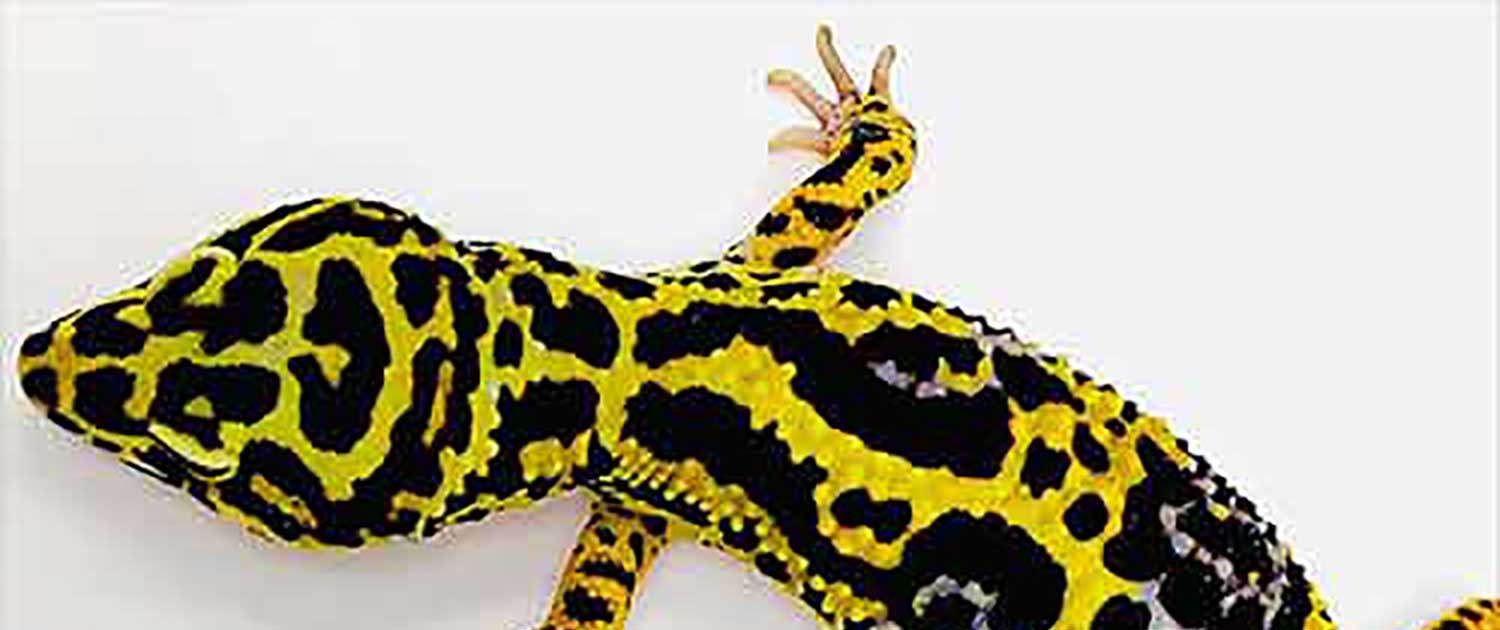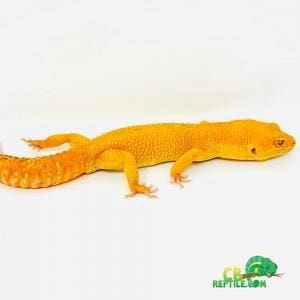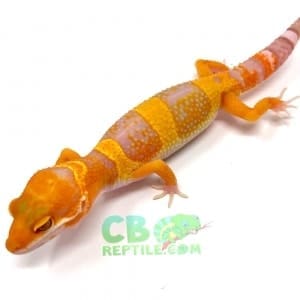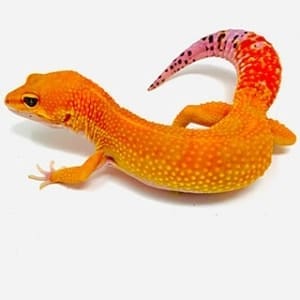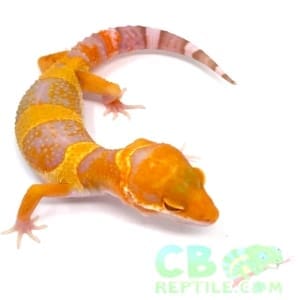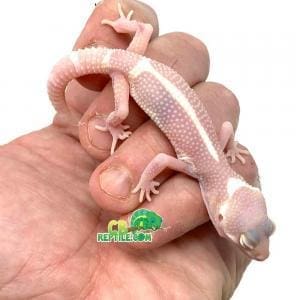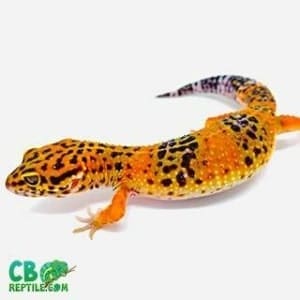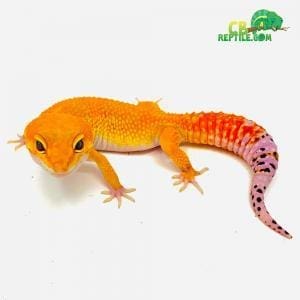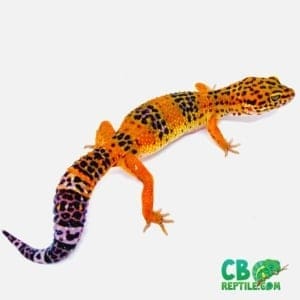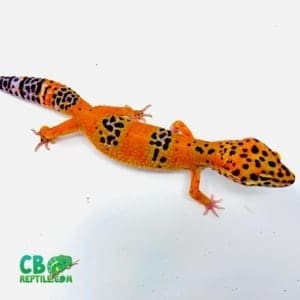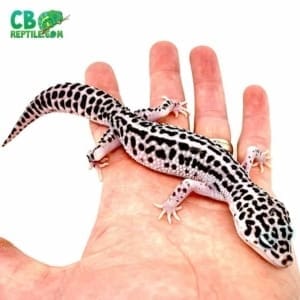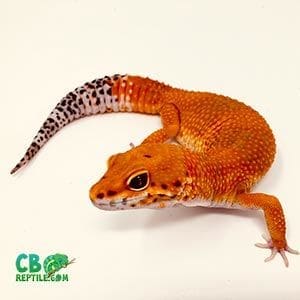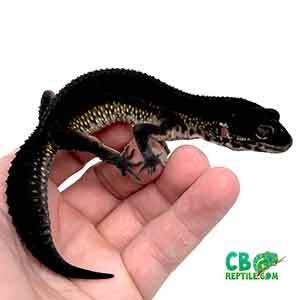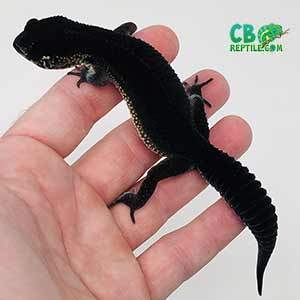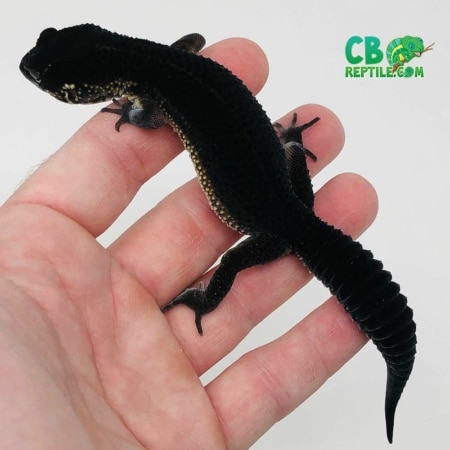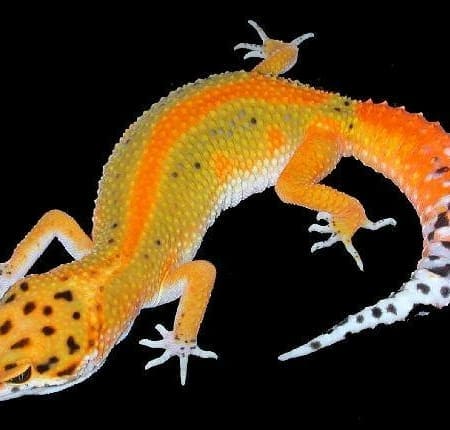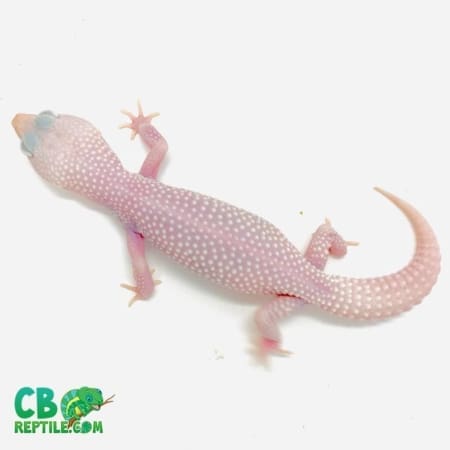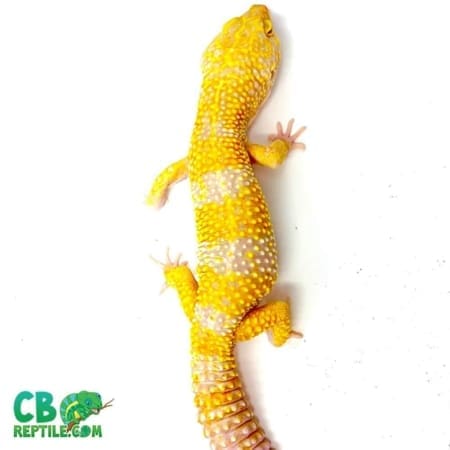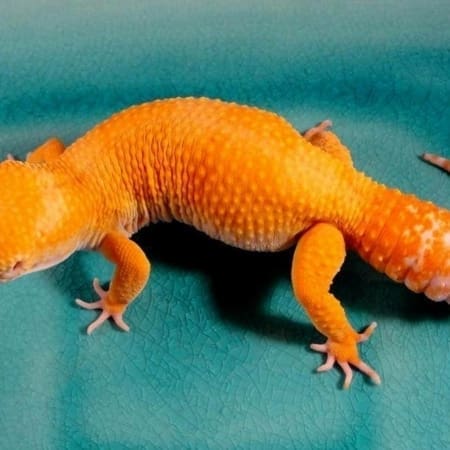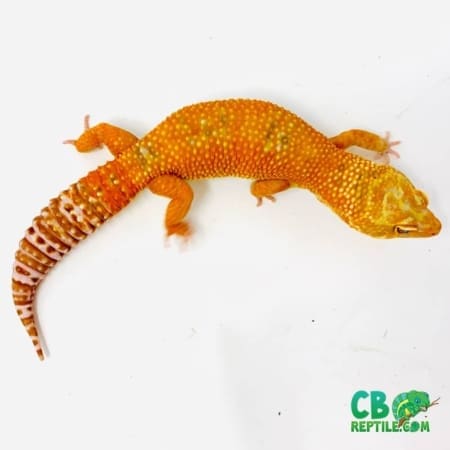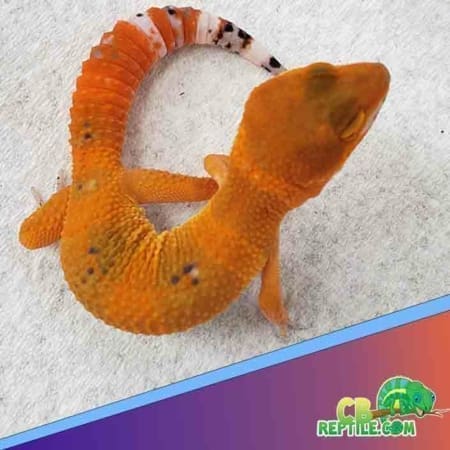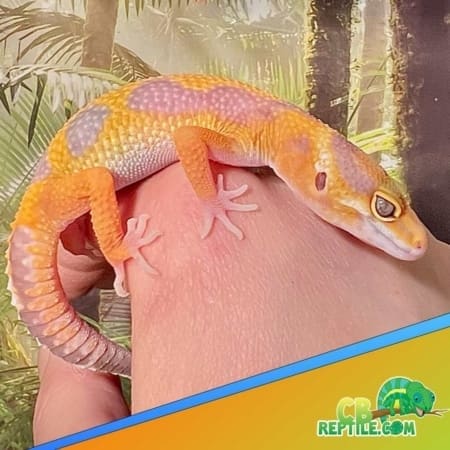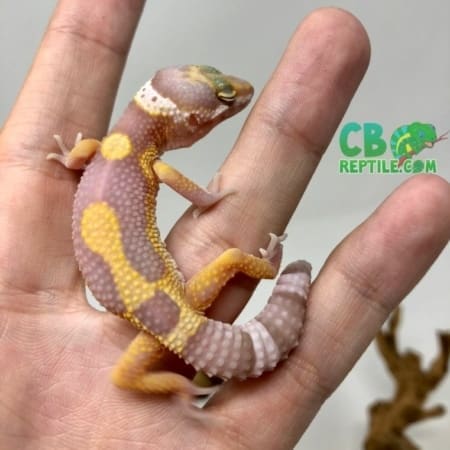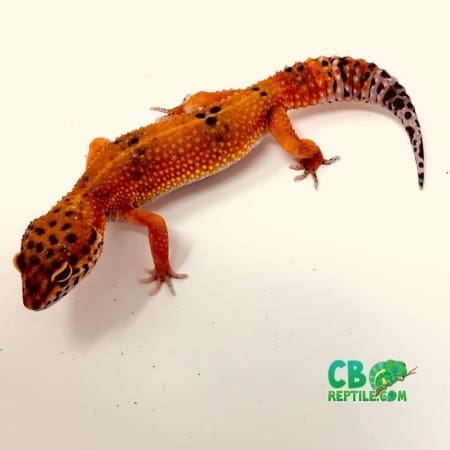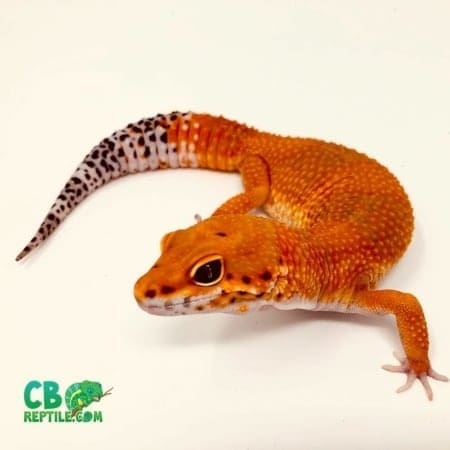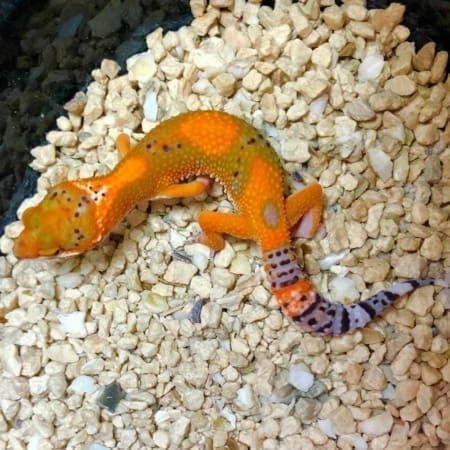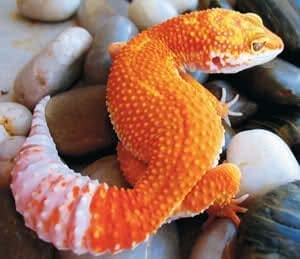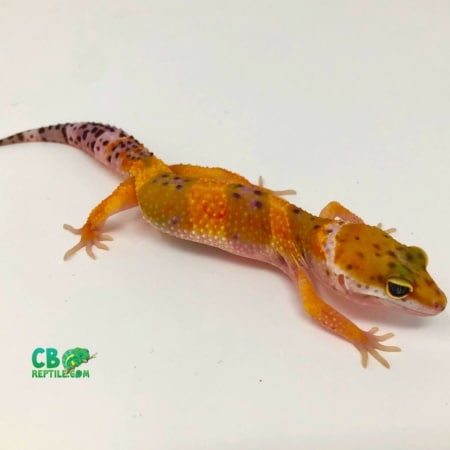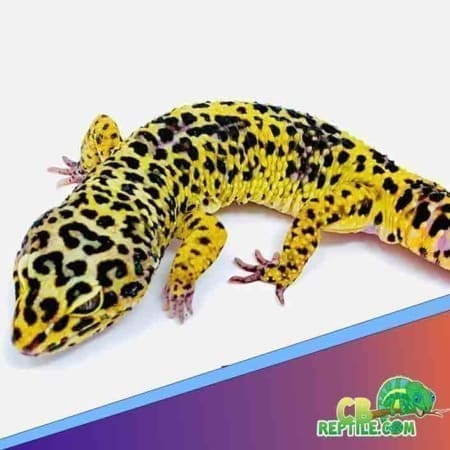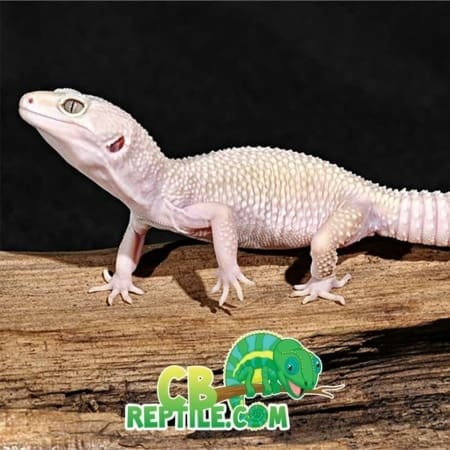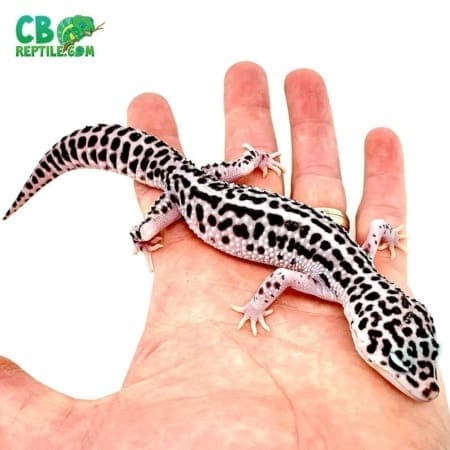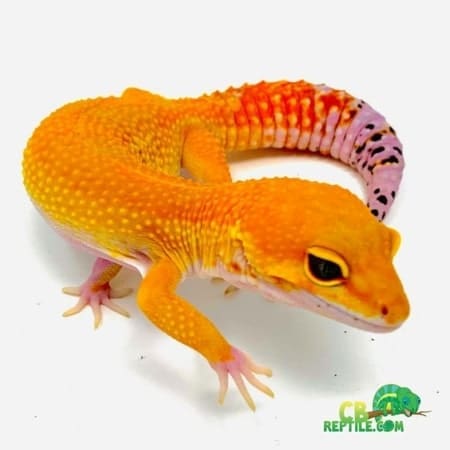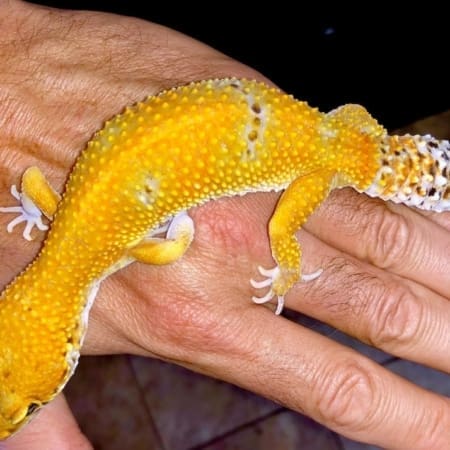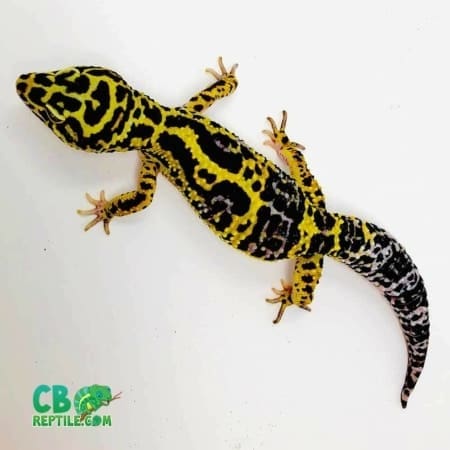leopard gecko substrate
Substrate is a question of look and function with leopard geckos. Many types of gecko substrates are available tand can be used with leopard geckos, however some are better than others. Leopard gecko substrate options include sand, woodchips, and pebbles, but most keepers prefer not to use loose substrate due to the risk of impaction if it is digested. For this reason, we recommend using reptile carpet, or even paper towels.
Do not use loose substrate for your leopard gecko
Be careful using loose substrate. This is particularly important when using the substrate for juvenile or sub-adult leopard gecko. Why? Because they’re more susceptible to ingesting loose materials than fully-grown adults. Ideally, it is better not to use these types of loose substrate at all, and for this reason . we highly recommend using a reptile carpet based substrate, or even paper towels. A simpler, but less attractive substrate is paper towels or newspaper. These are cheap, fit for purpose and easy to clean if they become soiled.
Leopard Gecko Care Sheet
Common names: Leopard Gecko
Scientific Name: Eublepharis macularius
Leopard Geckos are some of the most popular pet geckos for sale. Colorful, easy to care for, and calm tempered, owning a baby leopard gecko can be quite rewarding. Originally, leopard geckos for sale were known for getting their name from their leopard like patterning. This patterning, resembles a leopard cat with black or dark brown markings on a yellowy-gold body. Now, this leopard gecko color morph, is known as a “wild type leopard gecko”.
CB Reptile has compiled a fantastic leopard gecko care guide, provided by our staff biologist. Explore our many free leopard gecko care tips and pages below:
- leopard gecko care
- leopard gecko temperament
- baby leopard gecko lifespan
- leopard gecko color morphs
- best leopard gecko breeders
- leopard geckos for sale
- baby leopard gecko size
- leopard gecko habitat
- leopard gecko humidity
- baby and adult leopard gecko temperature requirements
- leopard gecko substrate
- baby and adult leopard gecko diet and food
- leopard gecko vitamins and supplements
Wild type leopard geckos for sale
While a wild type leopard gecko morph was most common years ago, now they are actually less common in the pet trade. From leopard gecko breeders working with many differentt ypes of gecko color morphs, we have an extensive range of morphs that these geckos can be found in. Within the many new color morphs are a wide variety of colors and patterns including spots, stripes, multi color and mutil gene animals.
Leopard Geckos are a relatively small species of pet lizard. Leo geckos are super cute, with large eyes, expressionary faces and long fat tails. Being cute, colorful and calm tempered make a pet leopard gecko for sale quite an attractive species to own.
Leopard gecko size:
Normal sized Leopard Geckos generally grow to between 6-11 inches in length. Size is also sometimes dependent on the leopard gecko colors or morphs depending on what size founding stock was used to form those colors also known as gecko color morphs. Leopard gecko breeders worked years and years to develop some of the most amazing colors you could imagine.
Super Giant leopard geckos
A giant leopard gecko can average 9-11″ and 85 grams in weight. Lastly, our favorite, the super giant leopard geckos for sale can reach up to 12.5″ and weights of over 125 grams!
Be sure not to overfeed your baby or adult leopard gecko. When leopard geckos are fed too much or too often, they will become overweight and obese. When a leo gecko is overweight, or too fat, you will see fat protusions coming from behind the front and sometimes rear legs. Here ar CB Reptile we offer quite a few different types of super giant leopard geckos for sale. From blood super giant leopard geckos, to bold, bold stripe, tangerine, tangerine albino, and more.
Leopard gecko Life span:
A long lived pet gecko, the Leopard Geckos can live up to 10 – 20 years with receiving the right food, supplements, habitat and over all leopard gecko care. Baby leopard geckos mature at about 12 months of age and can live literally 20 years in captivity! For this reason, we recommend a varied diet, a properly setup habitat, and the correct supplements. Multiple leopard gecko females may be housed together. Females that are breeding should be supplemented with additional calcium to prevent becoming egg bound.
Leopard Gecko Origin:
Leopard Geckos are found throughout North-West India, Pakistan, Afghanistan, Iraq, Iran and Southern Asia.
Interesting facts about Leopard Geckos
Leopard Geckos have the ability to drop their tails when threatened or captured by a predator. This is called Autotomy and works as a survival tactic because the tail will continue to wiggle after being dropped, which distracts the predator and gives the gecko a greater chance of escaping. If successful the gecko’s tail will regenerate within 1-2 months, although the new tail may be smaller than and not as attractive as the tail that was lost.
Leopard Gecko Temperament
One of the calmest pet reptiles for sale anywhere, leopard geckos make great pets! Leopard geckos are highly inquisitive and lively geckos. They are nocturnal, however, so are more often seen exploring their tank in the evening and at night. Leos can make make ideal first pet geckos as they are easy to care for. Additionally, they can become very tame with regular handling from their owners.
Leopard geckos are a fairly communal species, so can be kept in groups of females. Males that are housed together however, will fight for dominance. This could lead to injury or even occasionally to the death, so it is best to always keep males by themselves. Males and females can be kept in the same habitat although this is not recommended. When male and female are kept together long term, the male could pester the female all to often.
Keeping males and females separate is key
It is advisable to keep males and females separate so you do not stress the male or the female. If you are breeding, than chances are you already have done your research for proper leopard gecko husbandry. Remember, multiple females may be kept in the same habitat, as long as all their care needs are met. Also, if you want to keep your leopard geckos in a group would mean that you would need a larger vivarium. Include plenty of hides to ensure that all your leopard geckos feel safe and secure, as well as have room to move around.
Things to consider before purchasing a Leopard Gecko
- Who will look after your new pet if you are away?
- Can you get food easily from your local pet shop?
- Are you comfortable with feeding live insects as food?
- Is the rest of the family happy to live with a Lizard?
- Are you prepared to care for your pet for the full length of it’s lifespan?
- Can you afford the equipment necessary to keep your Leopard Gecko happy, healthy and safe?
Leopard gecko habitat
Adult leopard geckos are quite lively and appreciate a large vivarium. Using a fish tank is easiest and works best. For an adult or 2 female adults, we recommend a 24-30″ long vivarium or a 20 gallon fish tank. This size leopard gecko habitat or leopard gecko tank should be adequate for one to two adult leopard geckos.
Multiple leopard gecko habitats
If you are looking to house 3 or more females, consider two separate habitats, or something closer to 55 gallons in size. Basically, the more space you can give your baby or adult leopard geckos the better. This is especially true when you’re housing more than one leopard gecko together.
Leopard geckos do well in a dry savannah (woodland) or desert type set-up.
Somewhere for your Leopard Gecko to hide
All Lizards require somewhere to hide and may become stressed if this is not provided. This could be a commercially made lizard hide from a specialist reptile shop or simply a plant pot on its side, which is low cost but easily cleaned. If you are keeping multiple leopard geckos in a vivarium then it is important to provide a hide for each of the leopard geckos housed.
Logs, stones and cork bark make good natural looking additions to your vivarium and make great hiding places. Live succulent plants can also be used, but be aware that some live plants may be harmful to your leopard gecko, so researching reptile safe varieties is very important when using live plants.
Any Stones or branches that are collected from the wild need to be debugged by soaking first in chlorine & water solution, rinsed thoroughly and soaked again in clean water, then left to dry in the sun before placing in your leopard gecko’s vivarium.
A change of scenery
Leopard geckos are very inquisitive animals and like to explore new surroundings. Once in a while change the layout of the vivarium and this will keep your leopard gecko from becoming bored. You will notice once you put your leopard gecko back in the tank it will start to re-explore its new surroundings.
Water
All Lizards, including leopard geckos need fresh water daily. A large water bowl should be placed within the vivarium, which is changed frequently to avoid the build up of bacteria.
Leopard Gecko Humidity
Leopard Geckos do not require high humidity, but a little more than normal room humidity should be maintained. Misting the tank regularly with water in a spray bottle should keep the humidity around 50-70%.
Heat
Leopard geckos are cold blooded and get heat from their surroundings. In the wild lizards would bask in the sun to keep warm or move to a shady spot if they are too hot, this is called thermo-regulation. The ideal temperature for you gecko’s vivarium is a temperature of 27-32°C (80-90°F) with a slight drop at night time.
Heat should be provided using either a heat mat with thermostat or a bulb with a dimming stat on the roof of the vivarium surrounded by a bulb guard.
Heat mats should only cover between a third and a half of the floor space to allow your leopard gecko to thermo-regulate. This heat mat should be regulated by a thermostat to ensure that it does not overheat. Since a heat mat should provide sufficient heat to keep your leopard gecko happy, a basic mat stat, like the Microclimate Ministat 100 or the Habistat Mat Stat, should be appropriate. These thermostats are available from reptile shops and online, are relatively cheap, and will ensure the heat source is regulated at a safe level.
A popular alternative to the heat mat is a normal light bulb on the roof of the vivarium, attached to a dimming stat. It is important to ensure that the heat source is protected from direct contact with you gecko by using a guard. Leopard geckos do not feel heat in the same way that we do and do not always realise that something they are touching is burning them. A bulb guard will ensure that your Leopard Gecko will stay a safe distance away from the heat of the bulb so burns will be avoided.
Using heat mats for your leopard gecko habitat
The disadvantages of using a bulb as a heat source is that the bulb needs to be turned on constantly to keep the vivarium at the correct temperature. Your leopard gecko does not require light 24 hours a day and can suffer from stress if the light exposure is too long. It is recommended to keep your leopard gecko in a natural light pattern that mimics normal daytime, so a heat mat is a better choice between the two heat sources. If you do decide to use a heat mat, then an energy-saving bulb with guard can be added to the vivarium for decorative purposes to help you see your leopard gecko.
It’s useful when using either method to have a small thermometer on each end of the vivarium to check the temperature. Place the thermometers near the hides on top of the substrate as this is where your leopard gecko will spend the majority of its time. Checking temperatures regularly is advised to ensure that your leopard gecko can thermo-regulate by moving around the tank.
Lighting
Leopard geckos do not need the addition of UV lighting as they are a nocturnal species. UVB Lighting or even UVA / UVB lighting for that matter, is not needed. Therefore, the source of light is not really important for anything other than viewing the leopard geckos. If you are looking to add lighting so your habitat looks nice, and is viewable, we recommend using a LED style light. Some LED gecko lights allow you to also have a purple or blue “moon light” phase. LED leopard gecko lights also do not give off heat, so they are great for not changing the temperature.
General Care
Feeding
Leopard geckos should be fed every other day with a varied diet of appropriately sized gut-loaded insects, including mealworms, crickets, small grass hoppers, wax-worms and Calci-grubs. Feed 5 or 6 insects per gecko per feeding.
The live food should be dusted with a good D3 and calcium supplement every other feed for adults, but with calcium being especially important during growth, juveniles should be fed daily with supplements added at every feed. Some keepers permanently leave a small bowl of calcium supplement within the vivarium to ensure that their leopard geckos have access to vital nutrients whenever required.
As an adult your leopard gecko should be able to feed on the occasional pinkie mouse, but you should regard this as a treat item as regular feedings on mice can cause your gecko to become obese.
Cleaning
Your leopard gecko’s vivarium should be inspected and spot cleaned daily when changing the water. Leopard geckos tend to defecate in the same place regularly, so any faeces should be easily found and removed.
Every two to three weeks clean out the tank completely and sterilize the vivarium using a reptile friendly disinfectant. You will also need to remove and sterilise any décor, ready to replace back in the vivarium when it has been cleaned. Your geckos should be moved to a temporary tank during the cleaning process.
Shedding/Sloughing
Leopard geckos shed their skin at regular intervals as they grow. The old skin is pushed off is normally eaten by the gecko. Your leopard gecko should go through this process every 3-6 weeks, dependent on its rate of growth.
Most leopard geckos will handle a shed without any need for extra help, but if you want to assist your gecko during this time you should try to raise the humidity in your vivarium to help it loosen it’s skin. You can do this by placing a larger water bowl in the vivarium so that your gecko has the opportunity to soak itself if desired. You can also lightly mist the tank with water to help raise the humidity. Another useful tactic is to place a humidity box in the vivarium. This can be a sandwich box with a hole cut in the top filled with damp sphagnum moss. Your leopard gecko should appreciate the extra humidity and it will make the shedding process easier.
After your leopard gecko has shed its skin, you should make sure that all traces of the old skin have completely come away from your leopard gecko’s body. If not, you may need to assist your gecko by removing any retained shed by either gently rubbing your leopard gecko with a towel after a soak in warm water or by working the skin away with a cotton bud. This is particularly important around awkward areas like toes and the tip of the tail. Retained skin can interfere with the blood supply on a part of your leopard gecko’s body if it is not removed, so it is important to be aware of this to avoid your leopard gecko losing a part of itself and becoming deformed.
Handling
Leopard Geckos seem to appreciate being handled, but care should be taken to ensure that they are held gently, but tightly to avoid any incidents if the leopard gecko wriggles free. The main concerns include dropping your leopard gecko from height, losing your leopard gecko or accidently grabbing your leopard gecko by the tail causing it to be dropped. All these incidents can be avoided by adequately supporting your gecko, handling in a safe area and supervising children whilst handling.
It is advisable to wash your hands both before and after handling your leopard gecko.
Sexing
Sexing your leopard geckos is difficult unless your gecko is over 6 months of age, because juvenile males do not have distinctive features before this time, so may be mistook for a female. The easiest way to determine sex is by looking at the underside of your leopard gecko for a V-shaped row of pores and a distinct bulge near the vent. Males develop this bulge to house their hemipenes (duel sex organs), so if your gecko does not have the pores or the bulge then it is most probably female.
Breeding
The breeding season for leopard geckos is generally the spring and summer months, after about a 2 month conditioning period in the winter where light, temperature and food have been reduced.
Leopard geckos reach sexual maturity at about 1 year of age and they should be a good health and weight before they are allowed to breed (above 50 grams). This is important because breeding underweight or unhealthy leopard geckos not only puts your adults at risk as they are more susceptible to breeding complications, but it would also greatly reduce your chances of producing viable offspring.
Females that are housed with a male should lay several clutches per year, but if you house your leopard geckos separately then the female can be introduced to the male’s vivarium, which gives you more control over the frequency of the clutches. Each clutch should have approximately 2 eggs, which the female will lay in a secure, damp spot, which should be provided in the form of a nesting box. It is recommended that after laying the female should be separated from the male to allow her the time to rest and gain weight without the interference from the male who will be eager to mate with her again.
Once the eggs have been laid they should be removed and incubated on vermiculite in 70-80% humidity. Leopard geckos can produce incubation dependant young, which means that the sex of the hatchling leopard geckos can be determined by the temperature that they were incubated at. An incubation temperature of around 26°c (79°F) would produce mainly females, while 32°C (90°F) would make males more likely. It is advisable to keep the temperature at around 30 °C (86°F) if you would like a more even distribution of the sexes.
After around 6-10 weeks of incubation the eggs should hatch.
Hatchling leopard geckos should be kept separate from the adults and fed on appropriately sized insects, dusted regularly, to ensure healthy growth
Check out our full selection of leopard gecko information including:
- leopard gecko morphs
- white leopard gecko
- tangerine leopard gecko
- mack snow leopard gecko
- giant leopard gecko
- inferno leopard gecko
- fancy leopard gecko
- jungle leopard gecko
- blizzard leopard gecko
- Albino Leopard gecko
- black night leopard gecko
- leopard gecko care
- baby leopard gecko
- leopard geckos for sale
- how to care for a leopard gecko
-

black night leopard gecko
$949.00 – $1,695.00 Sale!Select options This product has multiple variants. The options may be chosen on the product page -

Striped Emerine Leopard gecko
$299.95 – $849.00 Sale!Select options This product has multiple variants. The options may be chosen on the product page -
 Rated 5.00 out of 5
Rated 5.00 out of 5Diablo Blanco Leopard gecko for sale
$169.95 – $759.00 Sale!Select options This product has multiple variants. The options may be chosen on the product page -

Tangerine Albino supergiant leopard gecko
$269.95 – $749.00 Sale!Select options This product has multiple variants. The options may be chosen on the product page -
 Rated 5.00 out of 5
Rated 5.00 out of 5Tangerine Super Giant Leopard gecko
$299.95 – $695.00 Sale!Select options This product has multiple variants. The options may be chosen on the product page -

Tangelo leopard gecko
$179.00 – $689.00 Sale!Select options This product has multiple variants. The options may be chosen on the product page -

Blood het Tremper Albino Leopard gecko
$199.95 – $649.00 Sale!Select options This product has multiple variants. The options may be chosen on the product page -

Tangerine Albino leopard gecko
$169.00 – $599.00 Sale!Select options This product has multiple variants. The options may be chosen on the product page -

Aptor Leopard gecko
$149.95 – $599.00 Sale!Select options This product has multiple variants. The options may be chosen on the product page -

Blood leopard gecko
$199.00 – $599.00 Sale!Select options This product has multiple variants. The options may be chosen on the product page -

blood supergiant leopard gecko
$269.95 – $599.00 Sale!Select options This product has multiple variants. The options may be chosen on the product page -

Firewater Blood cross Leopard gecko
$159.95 – $599.00 Sale!Select options This product has multiple variants. The options may be chosen on the product page -

Firewater Leopard gecko
$179.95 – $599.00 Sale!Select options This product has multiple variants. The options may be chosen on the product page -

blood purple head leopard gecko
$169.00 – $589.00 Sale!Select options This product has multiple variants. The options may be chosen on the product page -

Bold Super Giant Leopard gecko
$259.95 – $569.00 Sale!Select options This product has multiple variants. The options may be chosen on the product page -

Blazing Blizzard Leopard gecko
$169.00 – $549.00 Sale!Select options This product has multiple variants. The options may be chosen on the product page -
 Rated 4.88 out of 5
Rated 4.88 out of 5Mack Super Snow Leopard gecko for sale
$169.00 – $549.00 Sale!Select options This product has multiple variants. The options may be chosen on the product page -
 Rated 5.00 out of 5
Rated 5.00 out of 5Mandarin Tangerine Leopard gecko
$199.00 – $499.00 Sale!Select options This product has multiple variants. The options may be chosen on the product page -

Electric Tangerine Leopard gecko
$189.95 – $499.00 Sale!Select options This product has multiple variants. The options may be chosen on the product page -
 Rated 5.00 out of 5
Rated 5.00 out of 5Bold Leopard gecko for sale
$149.95 – $499.00 Sale!Select options This product has multiple variants. The options may be chosen on the product page

